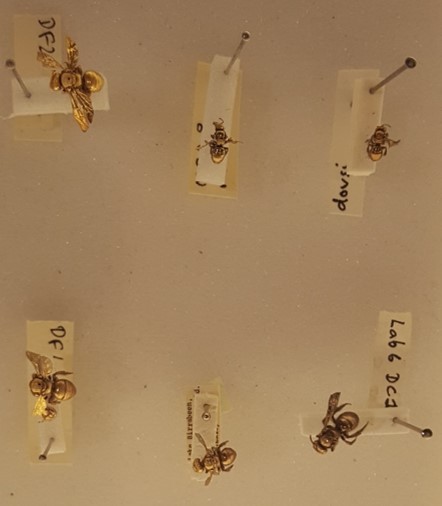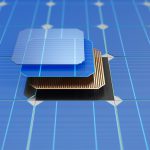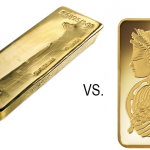If you like to stay up-to-date on the latest gold buying trends, then you’re probably familiar with the term “gold bug.” But, did you know that literal gold bugs are essential for helping entomologists advance their understanding of insect anatomy?
When classifying newly discovered species, entomologists will use electron microscopes to analyze the specimen’s anatomy in order to compare it with known species. Electron microscopes use beams of accelerated electrons to create ultra-magnified images. While this works great on inorganic or electrically conductive samples, it often creates sub-par images of insects because the electrons can either pass through the specimen instead of reflecting off the surface, or cause the specimen to accumulate static electricity that generates lots of signal noise in the images produced. To get the clearest view of an insect’s tiny and intricate anatomical structures, entomologists coat the specimen with a layer of gold to make it more visible under the microscope.
The electroplating process that jeweler’s use to add a surface layer of gold to an object wouldn’t work on a delicate and non-conductive specimen like an insect. Instead, scientists use a method called sputtering – in which a “target” of gold is bombarded with high energy ions in a vacuum chamber filled with an inert gas, like argon. The ionic energy causes the target to release atoms of gold, which “sputter” into the argon vapor before finally condensing on the specimen as an ultra-thin coating of pure gold.
In addition to dramatically enhancing the detail of electron microscope images, the gold coating also helps preserve the specimen. This not only enables follow up study of difficult-to-acquire insects – it also makes the specimens easier to display, as in the picture above.












